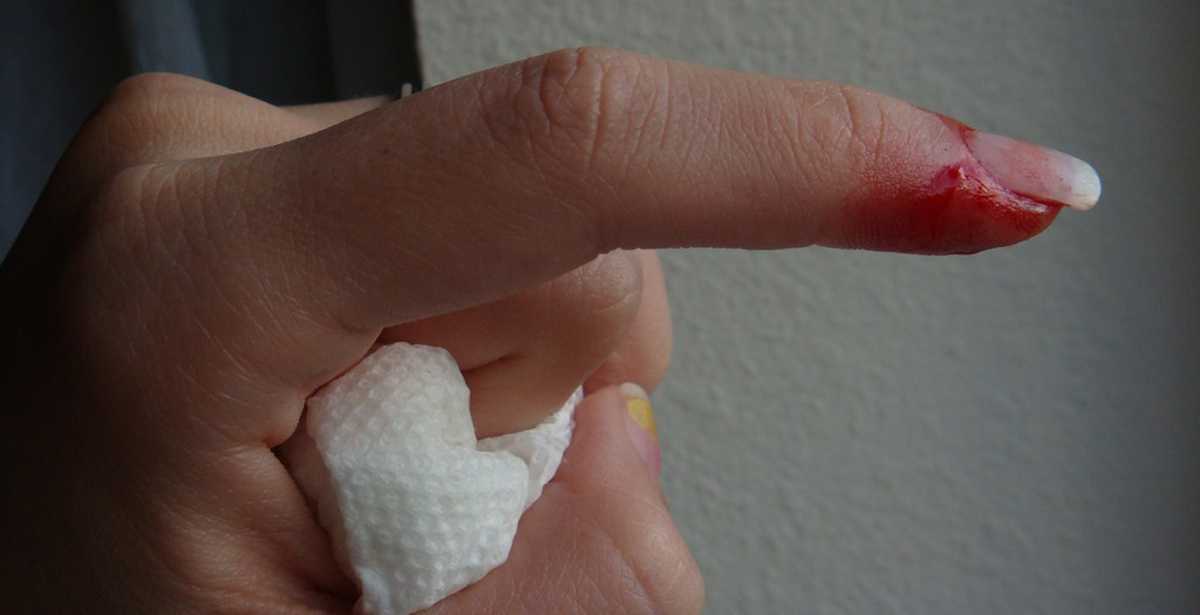Table of Contents
Have you ever thought about how miraculous the human body is? Wondered what mechanisms are in place to prevent us from bleeding to death when we get injured? The coagulation cascade is the mechanism in charge of this process — making sure that we stop bleeding when we need to — and just as any other bodily process, it is very well regulated in order to respond as soon as a "leak" is detected.
The coagulation cascade and its main actors
Bruises and scabs are neither pleasant nor pretty, but they are part of a vital mechanism that the body has developed over time to avoid excessive lose of blood after an injury. This mechanism is known as hemostasis or coagulation and its main purpose is to form a blood clot — which acts as a sort of "plug" — as fast as possible after a tissue, an organ or a blood vessel is damaged. During the process of coagulation, cells, proteins and other substances participate in the formation of the clot and if any of these components gets disrupted in any way, it can cause severe alterations in the formation of the clot, putting our life at risk.

Platelets, tiny sticky bricks
Platelets, also known as thrombocytes, are the cells that participate in the coagulation process. These cells do not have a nucleus and are basically just pieces of bigger cells, known as megakaryocytes, that live in the bone marrow.
These cells have to fulfill three major functions during coagulation. The first one has to do with their adherence to the blood vessel that has been damaged and has a leak. Their second function is to form a big plug in order to cover the whole damaged area; for this, they attach to other platelets. Their third and final function is to promote the coagulation process by producing small molecules on their surface to activate other molecules that are also part of this mechanism.
These cells do not only participate in the coagulation process, but are also part of the immune system. They interact with other immune cells, such as white blood cells, and they release several substances that promote inflammation.
Coagulation factors: keeping everything together
Apart from the platelets, there are other proteins that participate in the coagulation process.
The platelets are the building blocks that construct the blood clot, but the factors are the builders that control this amazingly organized process in the body, responding to start the healing process immediately after we are injured. All of the factors are essential for the whole hemostasis process to take place, but fibrinogen and thrombin are some of the most known ones.
See Also: What do Anticoagulants do?
Thrombin also converts fibrinogen into fibrin, which acts like the concrete that keeps platelets together and stabilizes the clot. Without fibrin, platelets would certainly aggregate at the site of injury but they would not be able to stay together by themselves, due to the enormous pressure associated with blood flow.
This process has to be very well balanced in order to avoid the formation of clots when they are not needed and to ensure that if there is a bleeding, the cascade will function properly to avoid massive blood loss. This is why some of the factors promote the formation of the clot, while others inhibit it.
- Photo courtesy of Debs (ò‿ó)♪ by Flickr : www.flickr.com/photos/littledebbie11/4305558995
- Photo courtesy of Daniel Oines by Flickr : www.flickr.com/photos/dno1967b/8618577677


Your thoughts on this